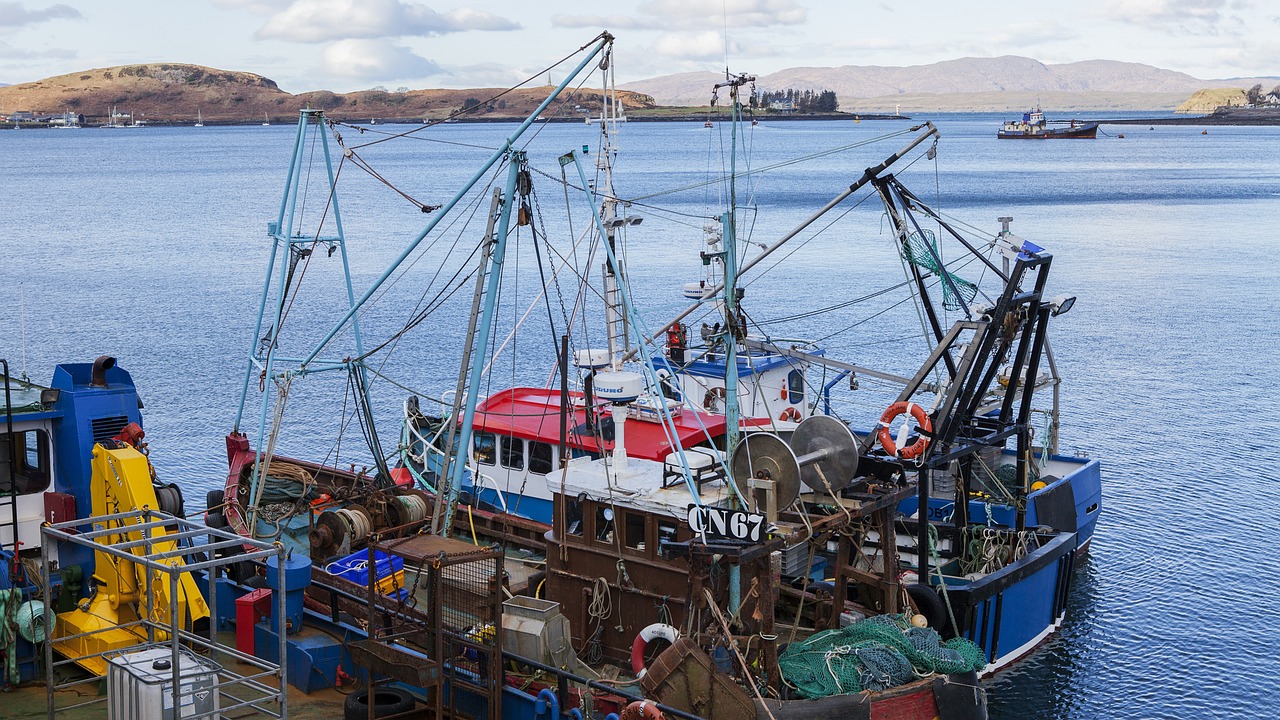This report helps to build an understanding of how the fisheries sector impacts the climate, which will help deliver an evidence-base in support of a ‘climate-smart’ fishing industry, elucidating the avenues by which the fishing industry and policy makers can prepare for Net Zero by 2050. To achieve this, the report collates data on and provides a quantitative assessment of the carbon emission abatement potential for the range of technological and operational decarbonisation/mitigating solutions set out in the recent Towards Net Zero report. This work has been developed to support the development of the United Kingdom (UK) government’s Net Zero Strategy, by assessing the potential reduction in emissions that the UK fishing industry may undertake. In this respect, this work focuses on quantifying Carbon Dioxide equivalent (CO2e) in terms of carbon abatement potential. This has been calculated by assessing the Global Warming Potential index (GWP) of the Greenhouse Gas (GHG) for each gas utilised in fishing activities, with GWP measured relative to the same mass of CO2 and evaluated for a specific timescale.
This analysis provides abatement solutions (where such information is available) for each of the main types of metiers found within the UK fishing fleet. Such disaggregation of the fleet has followed Seafish’s segmentation of this fleet. Within this, using such segmentation, each active vessel within the UK fleet has been allocated to a specific segment based on its physical characteristics (e.g., length or main engine power), catch composition, primary gear, and activity (days at sea in a calendar year and areas predominantly fished). To determine the number, activity, and fuel use of the different segments, we then examined the UK fleet economic dataset. Within this, we have extracted and analysed the number of vessels by segment; days at sea: data recorded by marine Management Organisation for each fishing vessel, aggregated at the segment level by Seafish (unit: days); and annual fuel use: estimated by Seafish as part of its annual cost and earnings estimates. Data used from 2015 to 2020 .
Using this detailed description of the UK fishing fleet, we then utilised a desk-based review to collate information on the Greenhouse Gas emissions (GHGe) abatement potential (measured in CO2e ) for nine technological or operational solutions designed to reduce emissions, as follows: electric inshore vessels; hybrid diesel – electric engines; the use of biofuels or waste oil; the use of liquified biogas; ammonia fuel cells, hydrogen fuel cells; hybrid diesel – hydrogen engines; battery / solar powered engines; and fishing gear/fishing vessel modifications.
The carbon abatement analysis showed that there is a substantial potential change in CO2e emissions for each solution compared to a diesel engine. The use of an ammonia fuel cell or various batteries (i.e., lithium-ion, lithium-sulfur and lithium-air) could reduce direct CO2e emissions from fishing operations by 100%. However, the lifespan of such batteries may reduce the efficacy in the long term, while significant investment and technological developments were still required to ensure such alternative energy sources were viable for the fishing industry; energy density of batteries is currently twenty times lower than marine diesel oil, as such
more space was needed onboard for batteries, reducing the amount of space for storing fish.
Alternative diesel-like fuels (i.e., biofuel and waste oil) have the potential to reduce CO2e by up to 95% compared to diesel fuel. The use of these alternative fuels is also highly feasible and applicable across all fleet segments, as they work in existing diesel engines, with existing infrastructure for diesel easily repurposed, with these fuels having been used successfully for years overseas. Although there is little evidence to show why this change in fuel use has not been undertaken by the UK fishing industry, barriers may be associated with the lack of permanent fuel stock sources within the UK, as well as further investment in trialling the use of such fuels in UK vessels.
Lastly, as an example of where Life Cycle Assessment (LCA) may support in identifying carbon abatement solutions, we compared the emissions across the full life cycle for both a 59 Kilowatt (kW) diesel engine and 59 kW biofuel (100%) engine. This rapid LCA shows that there is good justification for transitioning from diesel to biofuels with lower CO2e emissions, especially where there is no required change to existing hardware or supporting infrastructure (i.e., diesel to biofuel or waste oil). We argue that further work is needed to examine the potential emissions generated throughout the full life cycle of all the technological and operational solutions assessed within this project.
Overall, there are a range of current and new technological and operational solutions that could, for the UK fishing fleet, substantially reduce their total emissions and support the UK governments Net Zero strategy. However, further substantial investment in trialling of different solutions will be needed, and must be supported by industry buy-in. In this respect, there is a need to enhance the partnership between industry, science and policy, to ensure the range of technological and operational solutions ultimately lead to carbon neutrality, while maintaining the economic and social sustainability of the UK fishing fleet.

